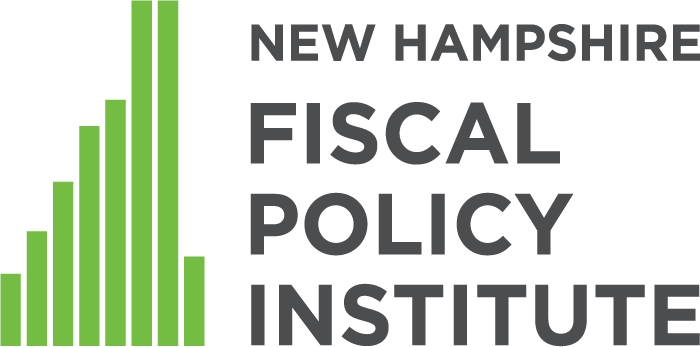The Governor’s February 2023 proposal for the next two-year State Budget arrived in an environment of potentially increased overall need for services, particularly with looming economic uncertainty and the end of key federal COVID-19-related fiscal supports for programs and the economy. The next State Budget will fund State-supported services during the upcoming two fiscal years. ...
The next two-year State Budget will fund State-supported services in an uncertain economic environment and following a period of substantial increases in State revenue. These revenue increases, primarily driven by an increase in national corporate profits that has accelerated since the start of the COVID-19 pandemic, have provided the State with substantial opportunities to address ...
Since the program was first enacted in 2014, Medicaid Expansion has helped provide access to health services for more than 219,000 Granite Staters. New Hampshire adults with low incomes, who may not be able to afford health insurance or may not have it provided through their employer, can enroll in health coverage that is almost ...
Despite a strong economic recovery from the early months of the COVID-19 pandemic, more than two years later, many Granite Staters face challenges that make affording everyday needs difficult. Job growth in the last two years has been much faster than originally expected, mirroring other rebounding indicators of a strong economy, in large part due ...
State funding for local public education in New Hampshire comprises a significant component of both the State Budget and local public school budgets, and is the primary method through which resources for local public education are shared statewide. Federal funding typically constitutes a relatively small portion of school budgets, and locally-raised revenue, almost entirely from ...
The Earned Income Tax Credit (EITC), established in 1975, provides assistance to working individuals and families with low incomes. In 1997, the Child Tax Credit (CTC) was enacted to provide additional assistance to families with children. These programs provided significant financial relief to individuals and families, in the form of refundable and non-refundable tax credits, ...
